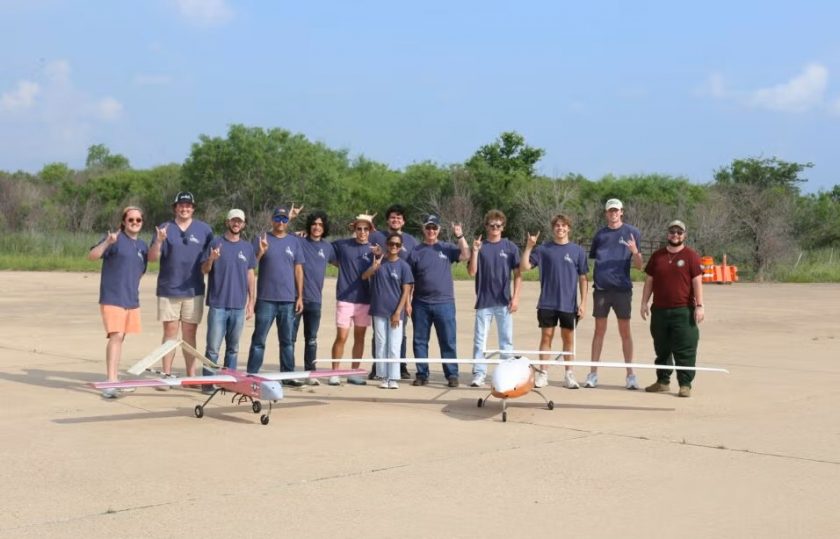UT Team Advances to XPRIZE Wildfire Finals
A Longhorn-led team cinched the XPRIZE for carbon removal. Now, a team of researchers led by The University of Texas at Austin has advanced to the XPRIZE Wildfire finals.
Researchers from the Jackson School of Geosciences and UT Cockrell School of Engineering are teaming up with colleagues from the University of Southampton, University of Edinburgh and Texas A&M Forest service to develop an autonomous fleet of drones that can rapidly detect and contain wildfires.

Calling themselves FLARE-X, the team qualified this summer as semifinalists to move on to the next stage of the XPRIZE Wildfire’s $5 million Autonomous Wildfire Response Track competition, part of the larger four-year, $11 million competition XPRIZE Wildfire contest.
The UT team is one of 15 teams out of over 100 initial competitors that remains eligible for the prize. The finals will happen next July, with the FLARE-X semifinals demonstration taking place in October 2025. After several rounds of testing and validating their technology, teams will have just 10 minutes to detect and suppress a fire within a 1,000 km2 (386-square-mile) competition area somewhere in Alaska.
The FLARE-X team will use several different types of uncrewed aerial vehicles (UAVs) to both detect and suppress fires. The team’s solution involves three main stages: dynamic pre-fire risk mapping; active fire detection, monitoring and verification; and fire suppression.
The Jackson School is focused on developing advanced infrared sensors for fire detection and geolocation, with Research Professor James Thompson and Associate Professor Ashley Matheny leading the effort.
Stay tuned for future updates on team FLARE-X: jsg.utexas.edu/flare-x/
The University of Texas at Austin
Web Privacy | Web Accessibility Policy | Adobe Reader

